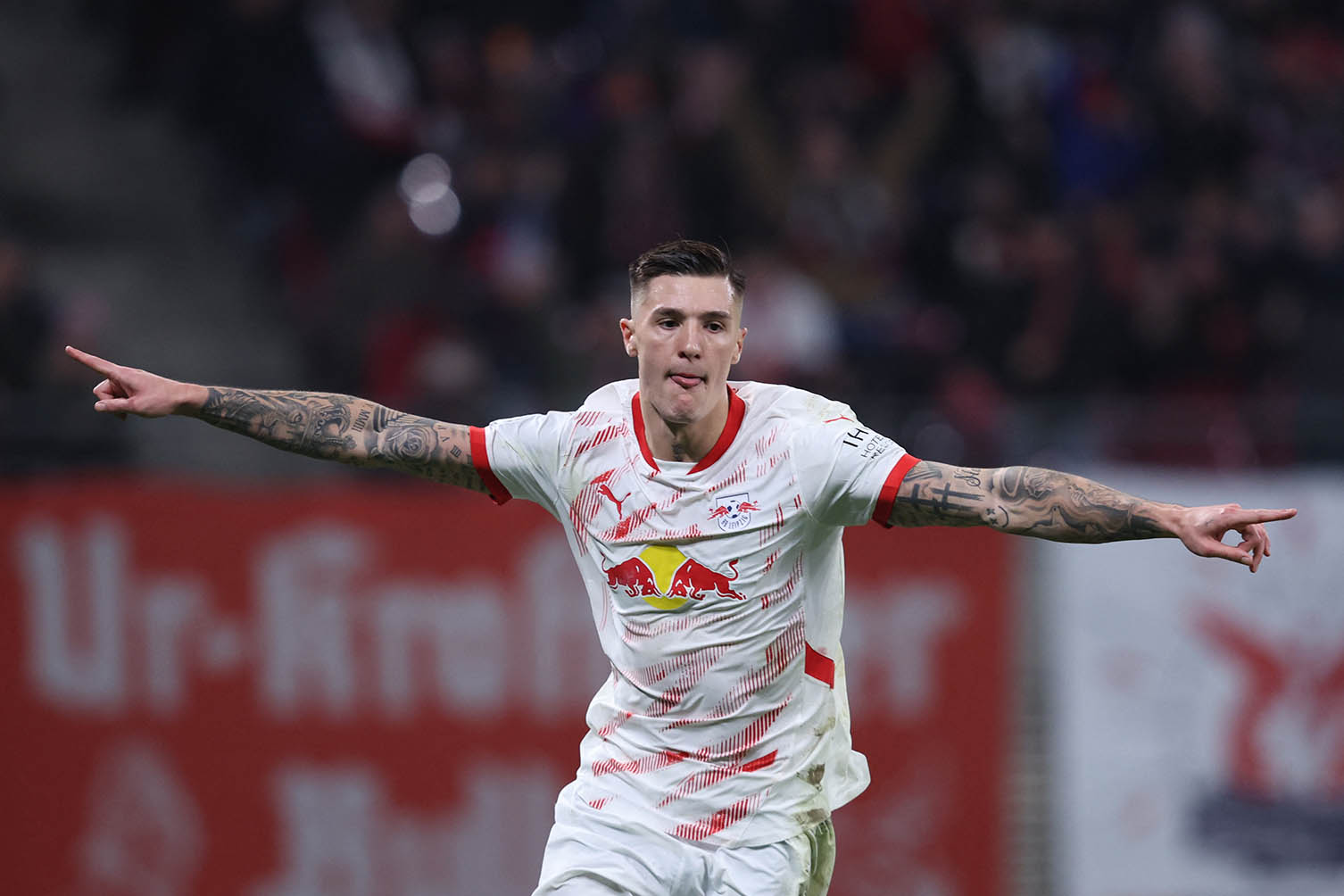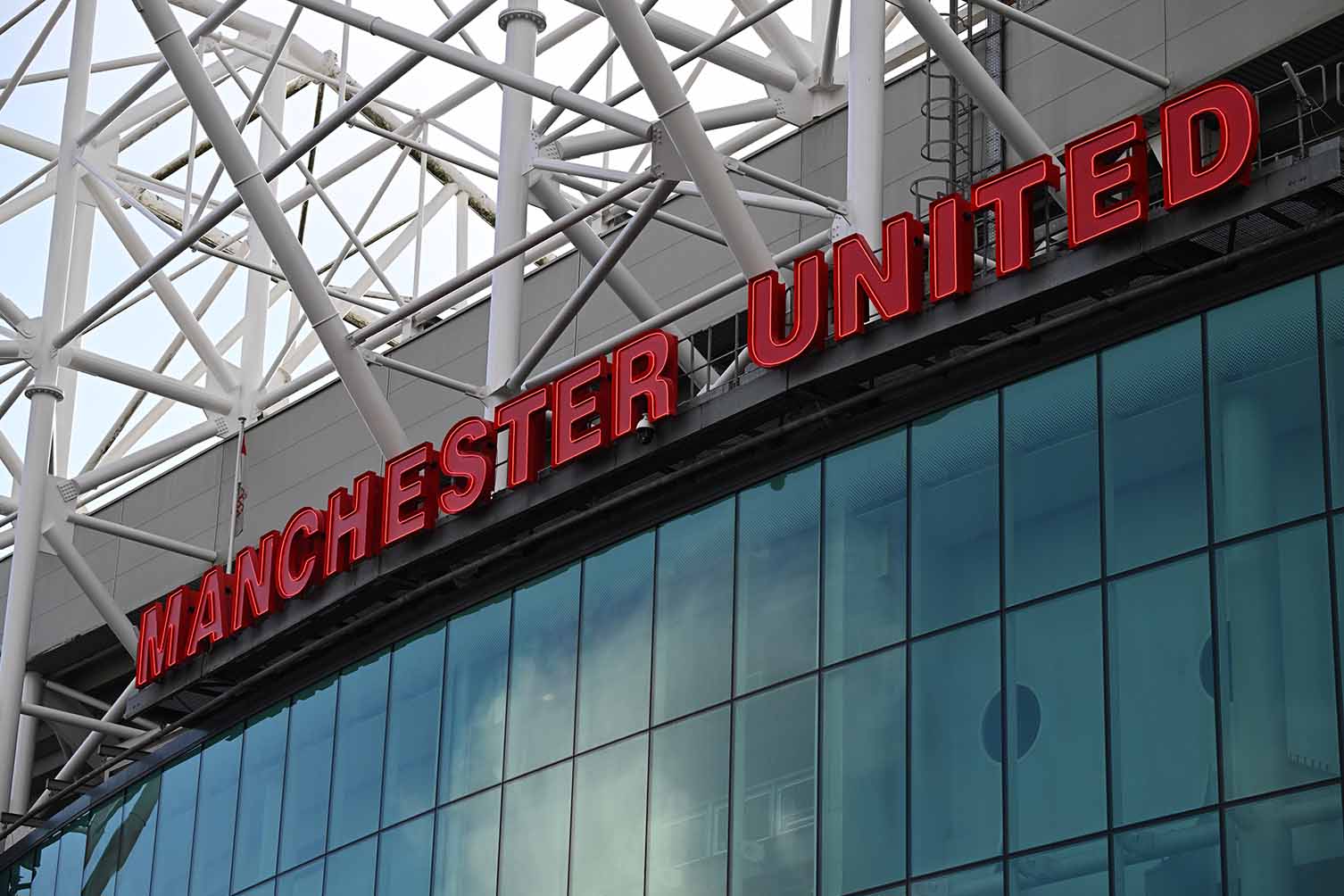Currently, the "Red Devils" consider having owned Benjamin Sesko from RB Leipzig. Like Matheus Cunha and Bryan Mbeumo, Sesko is not cheap. After Newcastle United offered to raise the price 3 days ago, Man United also took action with an opening price of 75 million Euros, plus 10 million Euros in additional fees the following day.
The signing of the Cunha contract took place before June 30, the end of the fiscal year, so the entire 71.3 million pounds of transfer fees are calculated in the 2024-2025 fiscal year. They have previously spent £272.1m in the nine months to 31 March, bringing the total cost of player registration last season to £343.5m, the third highest in English football history (after Manchester City and Chelsea).
However, the revenue from selling players is very limited. The Red Devils earned just £66 million last season (the second highest in a decade) but are still too low on the total. As a result, the net expenditure reached 277 million pounds.
This shows that Manchester United is still operating under a strong spending-low-collection model, making the budget always under pressure, especially when there is no UEFA fee due to being absent from the European arena this season. However, it is worth noting that their spending is being controlled through wise financial structures, helping to reduce short-term pressure and keep their rotation in the medium term.

Another factor that needs to be mentioned is the influence of Sir Jim Ratcliffe after taking control of Man United football. Although he does not directly manage finances, his "effective investment" philosophy is being reflected in each decision: from more detailed negotiations in transfer contracts, to controlling the salary and bonus system and cutting unnecessary expenses in the executive board.
The presence of experienced characters such as Omar Berrada or Jason Wilcox also helps M.U avoid falling into a situation of uncontrolled buying and selling like previous seasons. The resettlement of recruitment processes with a database, statistical analysis, and detailed financial assessments is turning M.U from an emotional shopping team into an investment institution with a long-term strategy.
To evaluate purchasing capacity, it is necessary to separate two factors: regulations on Profit and Sustainability (PSR) and actual cash. It is estimated that Manchester United could lose up to £141 million but not violating the PSR. This is thanks to the sharp increase in commercial revenue and competition days, along with the reduction of salary funds.
The key to Man United's continued supply is that they are doing a good job of "transfer debt". In 2021, M.U's net transfer debt (the difference between the amount payable and received) was below 100 million pounds. By the end of March 2025, this figure had increased to 308.9 million pounds.
The amount payable before March 2026 alone is 175.5 million pounds. Both Cunha and Mbeumo were purchased in installments to help reduce short-term pressure but increase financial obligations in the future. The Cunha deal also showed that M.U had to make a transfer when they initially proposed a payment within 5 years but the partner only agreed for 3 years.
M.U is also investing heavily in facilities, making the budget even more limited, typically the Carrington coaching center. As of the end of March, the cash in the account was only 73.2 million pounds, despite receiving 238.5 million pounds in capital from Sir Jim Ratcliffe.
The Old Trafford side still have room to borrow more through installment loans (RCF). At the end of April, they paid 50 million pounds in loans, opening up the possibility of borrowing more. The total limit of the 3 RCFs is 300 million pounds, of which only 160 million are used, meaning they can still withdraw an additional 140 million pounds if needed.

The next factor is the streamlining of personnel and efficiency in operations. Since Sir Jim Ratcliffe took over, M.U has cut a series of administrative personnel, contributing to saving operating costs, although the impact is still small compared to the player's salary fund.
M.U's adjusted pre-interest, tax and depreciation income is forecast to reach 180-190 million pounds in the 2024-2025 season, up from 147.7 million pounds in the previous season, a sign that operating cash flow is improving.
Alejandro Garnacho and Antony are two names that can bring in good revenue if sold. Meanwhile, if Benjamin Sesko does actually come, the possibility of Rasmus Hojlund leaving is completely possible, even though he only joined 2 years ago.











